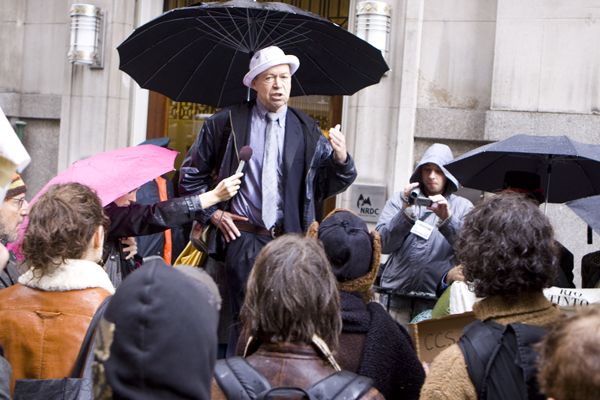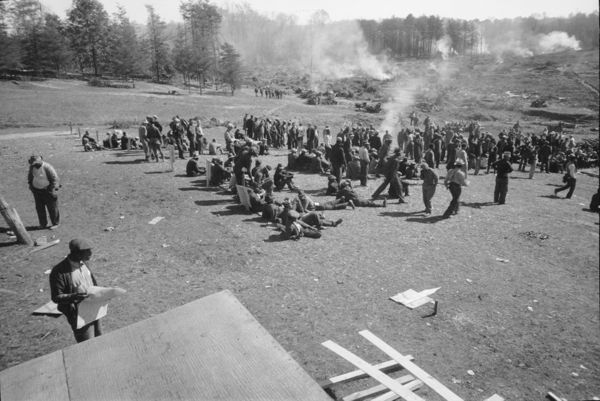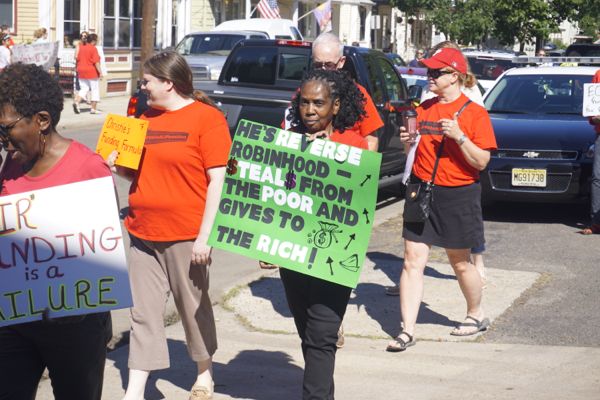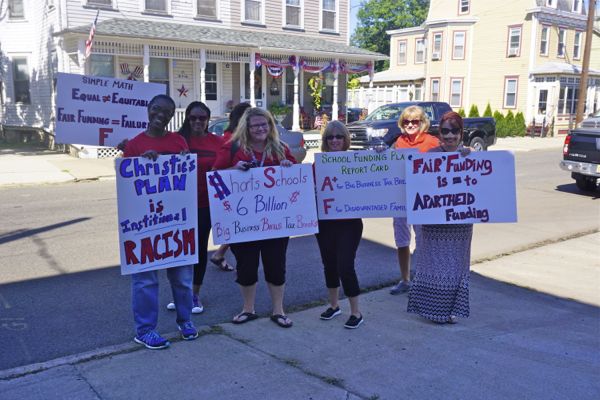California Groundwater Fracking Story Sheds Light On Similar NJ Loopholes and Abuses
Exemptions to groundwater standards exploited by corporate polluters
Look at the CEA database, by municipality and find many examples!
Investigative journalist extraordinaire Abrahm Lustgarten at ProPublica has another major story documenting how the fracking industry continues to exploit loopholes and how California and EPA regulators are badly mismanaging increasingly scarce groundwater to promote fracking – read the whole thing:
-
California and EPA Poised to Expand Pollution of Potential Drinking Water Reserves – A little-known program under federal environment law is being used to permit oil and gas companies to inject waste into the state’s aquifers, even as the thirst for groundwater grows
The California story sheds light on related abuses of arcane regulatory policies and loopholes here in NJ that threaten the availability of drinking water supplies.
While NJ has a longstanding and far more elaborate regulatory framework to protect groundwater quality and manage the allocation of groundwater quantity than that recently enacted in California via passage of a 2014 State groundwater law, there are loopholes that NJ DEP allows major corporate polluters to exploit, at the large majority of over 6,000 toxic groundwater pollution sites in NJ.
(look at this 2002 DEP “Vulnerability Assessment” Report to then DEP Commissioner Campbell that documents that 95% of contaminated groundwater sites were granted CEA’s, 90% of them for “natural attenuation”, bureaucratic jargon and euphemism for “just leave it there“)
Many times across the state of NJ, these loopholes and lax groundwater protection policies have led to toxic contamination of drinking water wells and migration of toxic chemical vapors into homes, schools, and daycare centers.
Like the exemptions at the root of the California story, NJ DEP issues similar site specific exemptions from groundwater standards under state toxic site cleanup laws.
In NJ, these exemptions are called “Classification Exception Areas“” (CEA’s).
“Classification exception area” means an area within which one or more constituent standards and designated uses are suspended in accordance with N.J.A.C. 7:9C-1.6.
A CEA exempts a specific toxic site from meeting the groundwater standards. Basically, that means that a polluter is NOT required to cleanup groundwater to meet the groundwater standards set to protect public health.
Here is the text of that loophole:
7:9C-1.6 Exceptions to the classification system
(a) The Department may establish a Classification Exception Area only when the Department determines that constituent standards for a given classification are not being met or will not be met in a localized area due to: natural quality; localized effects of a discharge approved through a NJPDES permit action; pollution caused by human activity within a contaminated site as defined by the Department in the context of an applicable regulatory program (for example, Site Remediation Program); or an ACL as approved by the Department pursuant to NJPDES. In the context of an applicable regulatory program, the Department shall determine or describe appropriate boundaries for each Classification Exception Area and include the written description of the boundaries in the appropriate permit action along with specifications as to which constituents the exception applies. Classification Exception Areas may only be established when constituent standards are not being met or will not be met due to the conditions set forth above and shall not be established for the purpose of sanctioning violations of constituent standards.
That massive loophole is called an “institutional control” under NJ toxic site cleanup laws. It has saved polluters BILLIONS of dollars in groundwater cleanup costs and allowed toxic groundwater pollution to persist for decades without any cleanup requirements at thousands of toxic sites.
Groundwater mapped as a CEA is essentially written off as a potential future water supply, in direct contradiction of NJ DEP groundwater classification regulations, which classify almost all NJ groundwater as potable and potential future water supply.
Look at how DEP lets pollers get away with that: (@ NJAC 7:9C -1.6)
(b) Where natural quality for any constituent contravenes the criteria established in N.J.A.C. 7:9C-1.7 such that the primary designated use is not viable within a limited area, the Department may establish a Classification Exception Area within which the Department shall define appropriate designated uses and constituent standards, based upon the natural quality. Such Classification Exception Areas shall remain in effect as long as the primary designated use of the original classification area is not viable using ground water at natural quality.
To prevent exposure and avoid the further spread of groundwater contamination, DEP prohibits the drilling of a water supply well into a CEA contamination plume or nearby these mapped CEA toxic sites. This practice by DEP essentially condemns the land and extinguishes private property rights and opportunity to develop land above and adjacent to a groundwater CEA. (for that perverse “protective” restriction that DEP imposes because groundwater is not cleaned up, see: NJAC 7:9C-1.6(d)
The Department shall restrict or require the restriction of potable ground water uses within any Classification Exception Area where there is or will be an exceedance of the Primary Drinking Water Quality Standards (in N.J.A.C. 7:10).
To make matters worse, the toxic polluters are not required to compensate the public or nearby landowners negatively impacted by this.
Could you imagine the outcry by developers and land owners if a local zoning ordinance did this?
A delineation of the contaminated groundwater (e.g. a map) and a groundwater model that predicts dilution or a lowering of the concentration of pollution over time is all that is required (plus, contamination is supposed to remain “on site”, but often does not).
When toxic groundwater migrates off site, it sometimes poisons drinking water wells our migrates into people’s basements.
On top of this site specific loophole, there are regulations that would allow exactly the abuse that is occurring in California.
All groundwater in NJ is classified as potable water. NJ DEP has a mechanism under the groundwater standards to allow a polluter to request a reclassification of an entire aquifer as non-potable and thereby exempt many sites from meeting groundwater standards.
But that groundwater reclassification mechanisms has not been used by polluters because it is a scientifically rigorous regulatory process.
Maybe some enterprising NJ journalist is reading this – there are MANY examples where a CEA has migrated off site and has contaminated drinking water wells and/or allowed migration of vapors into occupied buildings. Just look at the CEA database, by municipality and or file an OPRA and you are certain to find many examples!
HELLO!









